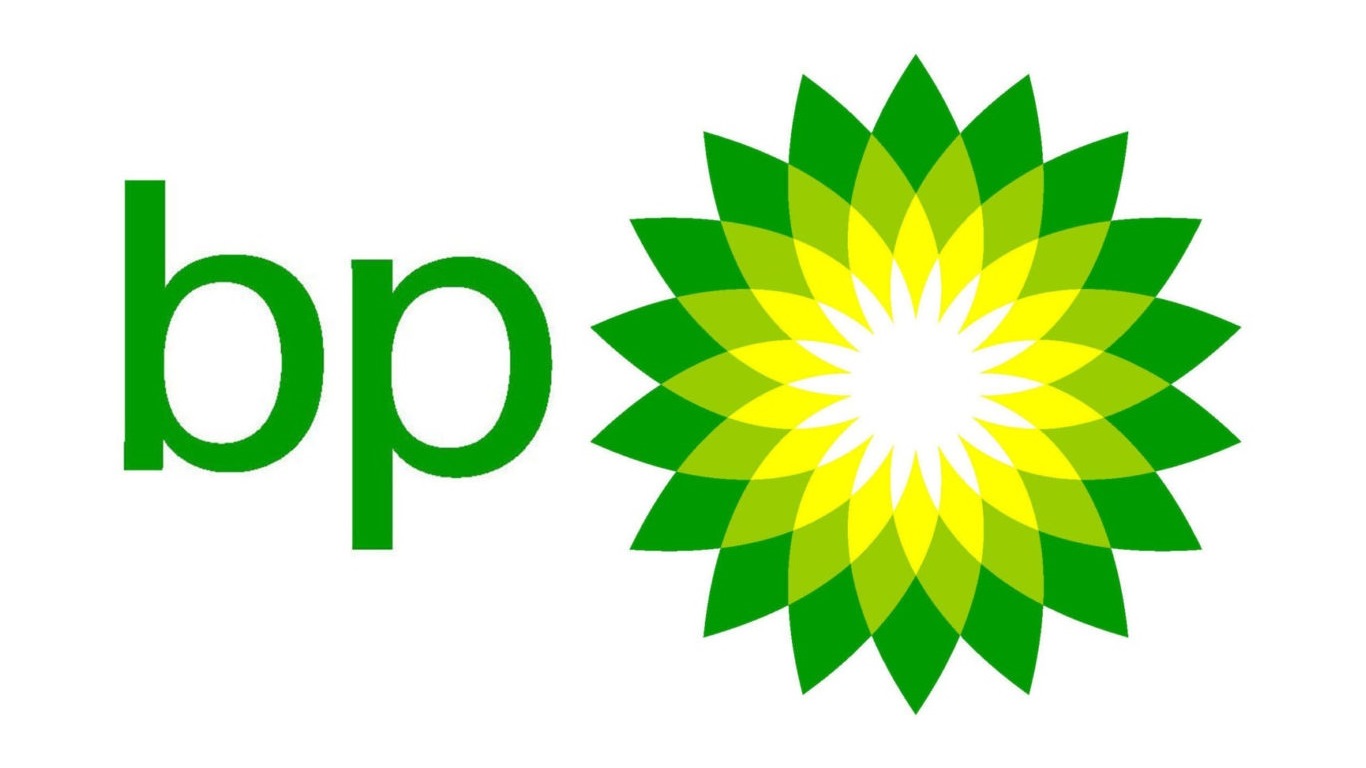
The parade of the world’s largest oil companies announcing plans for reducing carbon emissions added BP PLC (NYSE: BP) to the roster Wednesday morning. The U.K.-based supermajor said, among other things, that it will reduce emissions to net zero across all the company’s operations by 2050 or sooner.
Like rival Royal Dutch Shell PLC (NYSE: RDS-A), BP said it will cut the carbon intensity of the products it sells by 50%, again by 2050 or sooner. Carbon intensity refers to the amount of carbon emitted in the making and selling of its products.
Last week, Norway’s state-controlled oil company Equinor ASA (NYSE: EQNR) made much the same declaration about reducing carbon emissions both in its extraction and refining processes and in the amount of carbon in the products it sells.
In BP’s case, getting to net zero means eliminating emissions totaling 55 million metric tons from its operations and 360 million metric tons from the content of its oil and gas production. The company noted: “Importantly these are absolute reductions, to net zero, which is what the world needs most of all.”
BP’s announcement, welcome as it is, is a bit long on promises and short on actions. The company said it will roll out its full strategy and near-term plans on its capital markets day in September.
What can we expect in September? Probably not an expenditure equal to nor anywhere near the $15 billion to $17 billion BP plans to invest in new capital projects to produce more oil and natural gas. The company said Wednesday that it plans to “increase [the] proportion of investment into non-oil & gas.” That shouldn’t be too difficult.
By coincidence perhaps, The Wall Street Journal on Wednesday published a story on how carbon capture technology is gaining traction with oil giants like BP. But here’s the catch:
Carbon capture isn’t cheap. If current technology were implemented at scale, it would cost between about $80 and $160 a metric ton to capture and store the carbon dioxide produced by natural-gas power plants, and between about $125 and $449 a metric ton to take the gas out of the ambient air, where it’s more diffuse, according to Goldman Sachs estimates.
The Wall Street Journal cites Stanford University engineering professor Mark Jacobson: “There’s really no case ever where carbon capture is better than just taking renewable energy and replacing a coal or gas plant.”
The oil and gas industry has decided, however, to cast its lot with technologies like carbon capture. Exxon Mobil Corp. (NYSE: XOM) and FuelCell Energy Inc. (NASDAQ: FCEL) are jointly developing a technology to remove carbon dioxide from industrial exhaust, while Chevron Corp. (NYSE: CVX) has teamed up with a Canadian firm to extract carbon dioxide created by burning hydrocarbons.
These technologies may or may not pay off, but it will be years before they can be developed at scale and at high cost. During those years, more and more carbon will be spewed into the atmosphere, out of the reach of most of the technologies being developed.
Oil and gas companies need to begin thinking of themselves as energy companies and not hydrocarbon producers. Shell may be the only one of the supermajors to have given the issue any thought at all. The company recognizes that its plan to cut its emissions in half by 2035 implies that Shell will need to transform itself into the world’s largest electric power company.
Even Shell is moving slowly, however. The company plans to invest $1 billion to $2 billion a year in new technology, a tiny amount compared to its annual capital spending budget of around $25 billion.
Take Charge of Your Retirement In Just A Few Minutes (Sponsor)
Retirement planning doesn’t have to feel overwhelming. The key is finding expert guidance—and SmartAsset’s simple quiz makes it easier than ever for you to connect with a vetted financial advisor.
Here’s how it works:
- Answer a Few Simple Questions. Tell us a bit about your goals and preferences—it only takes a few minutes!
- Get Matched with Vetted Advisors Our smart tool matches you with up to three pre-screened, vetted advisors who serve your area and are held to a fiduciary standard to act in your best interests. Click here to begin
- Choose Your Fit Review their profiles, schedule an introductory call (or meet in person), and select the advisor who feel is right for you.
Why wait? Start building the retirement you’ve always dreamed of. Click here to get started today!
Thank you for reading! Have some feedback for us?
Contact the 24/7 Wall St. editorial team.




